Affiliate disclosure: This post may contain affiliate links. Please see our Privacy Policy.
Asian dumplings are a staple weeknight meal in our house. While we could spend money going out, it actually takes less time to make them at home.
The hardest part is shaping the dough and sealing the dumplings. With a bit of practice, our 2-year-old daughter has already learned to shape them. If she can do it, you’ve got this!
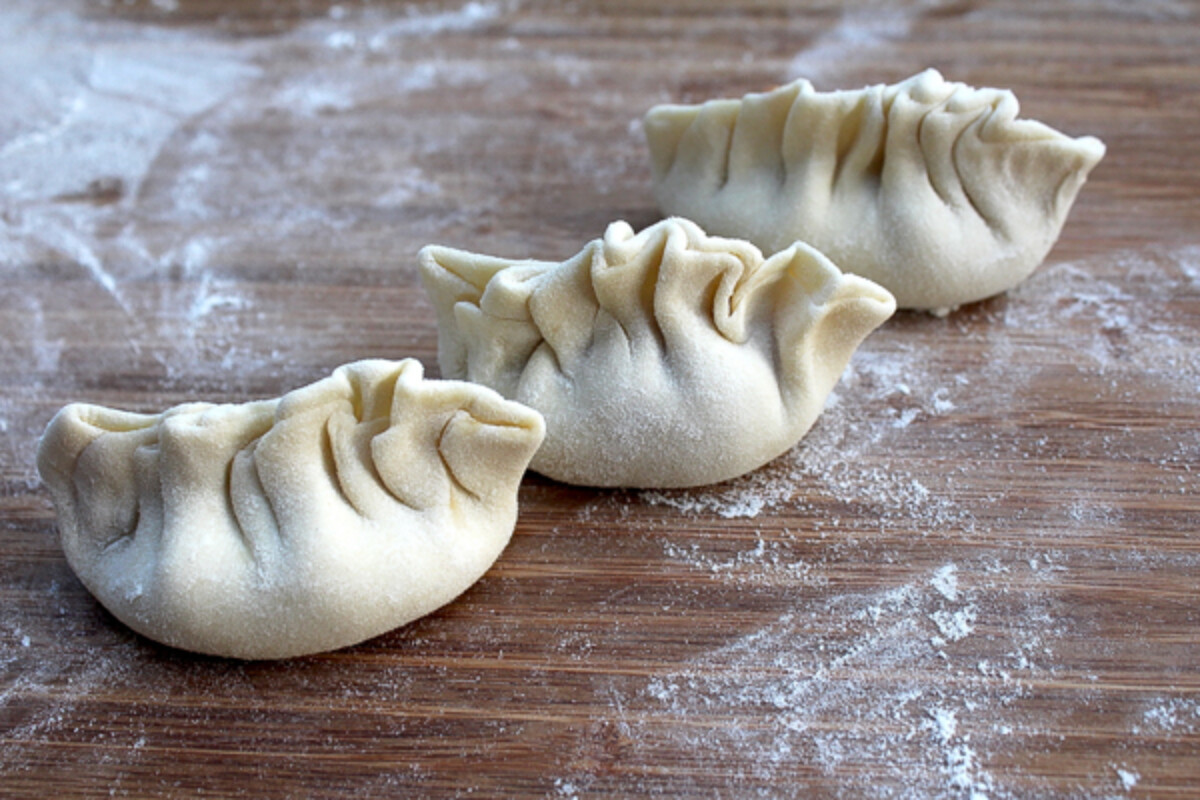
We learned how to make our basic Asian dumplings from the book Asian Dumplings: Mastering Gyoza, Spring Rolls, Samosas, and More. Since shaping is the hardest part, this book was a huge help. It has dozens of close-up pictures for every type of folding and shaping imaginable.
Start by mixing the dough. The dough is simple, made with flour, water and a pinch of salt. It’s a very dry, stiff dough that doesn’t want to come together easily. The simplest method is to add the flour and salt into a food processor, and then drizzle the water in while it’s running.
We’ve learned to make the dough in a KitchenAid stand mixer with a dough hook. It’s a compromise, as my infant son is absolutely terrified of the food processor.
You’ve gotta do what you gotta do, but this works just as well in the end. Add the water and it forms a crumbly dough.
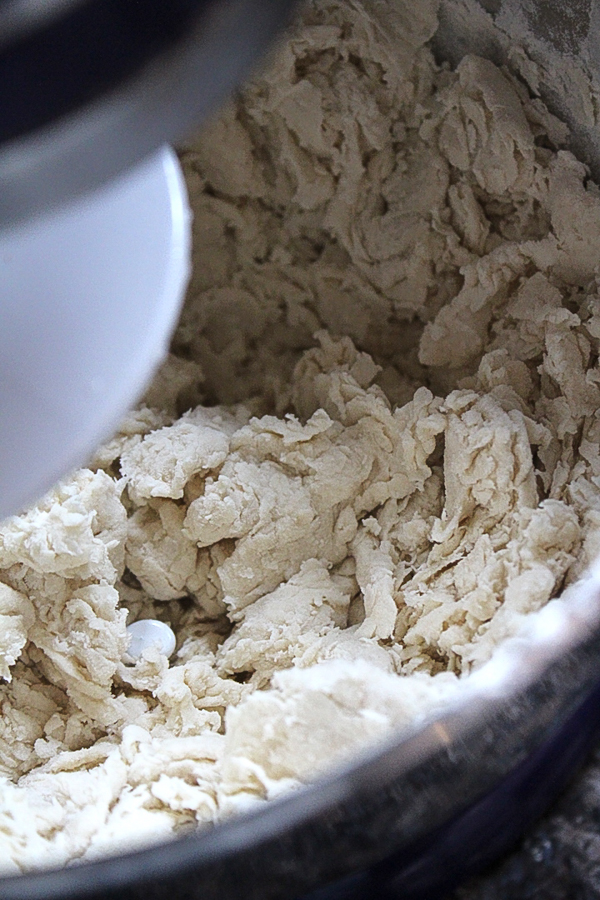
Once you’ve got a crumbly dough like the picture above, begin adding in water until the dough comes together into a ball.
It’ll be a stiff ball that won’t knead very well with the dough hook. Once it comes together, turn it out onto a board and give it a few quick kneads with your hand to smooth it out.
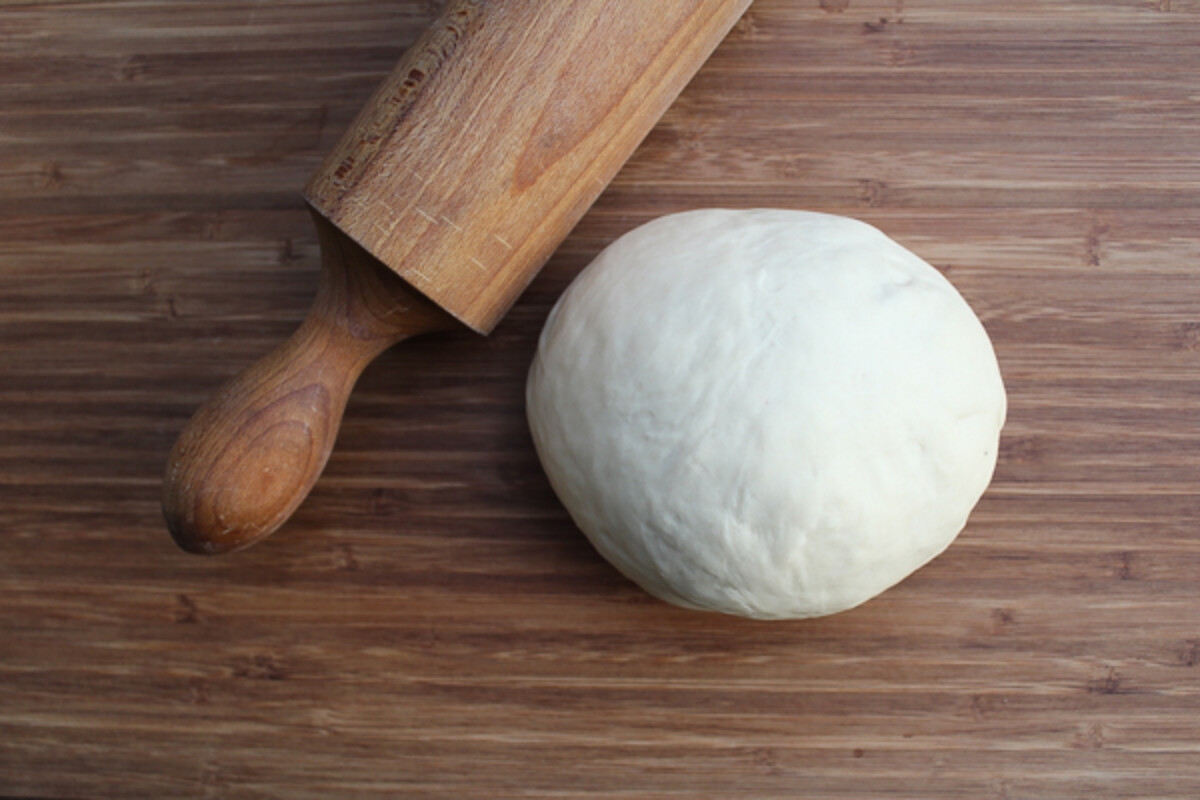
The dough needs to rest for at least 30 minutes before shaping, so cover it with a moist towel and give it time.
While the dough rests, you can make the dumpling filling.
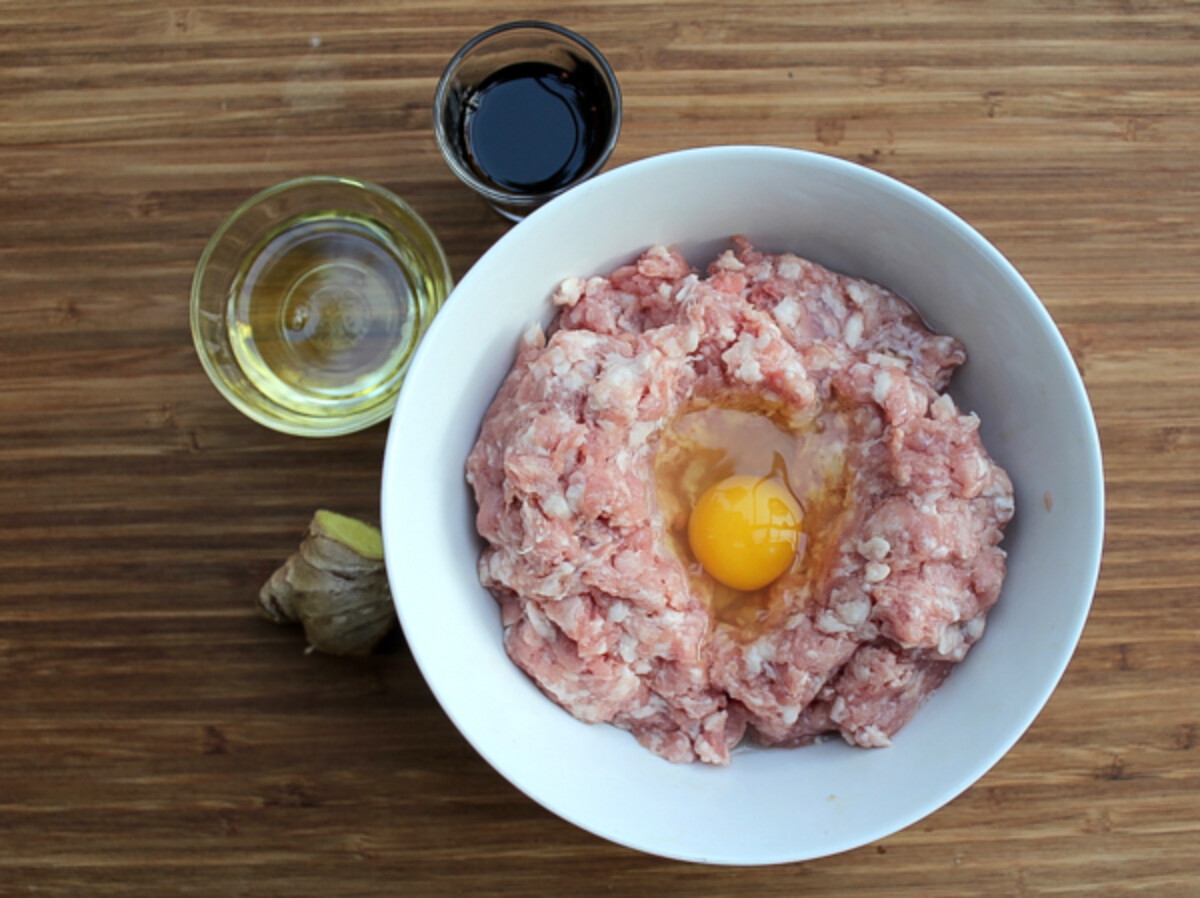
The dumpling filling is versatile, and different cultures incorporate different ingredients. Our recipe is simple and includes an egg as a binder, plus sesame oil, soy sauce, and our own homegrown ginger. Some recipes include scallions or minced cabbage, but I don’t tend to have those on hand so they get skipped more often than not.
Use the fattiest ground pork you can find. I know that sounds a bit strange, but if these are too lean they’ll be dry in the end. Trust me on this one. The pork in the picture above looks pretty marbled, but it’ll still be dry without the addition of the sesame oil for richness.
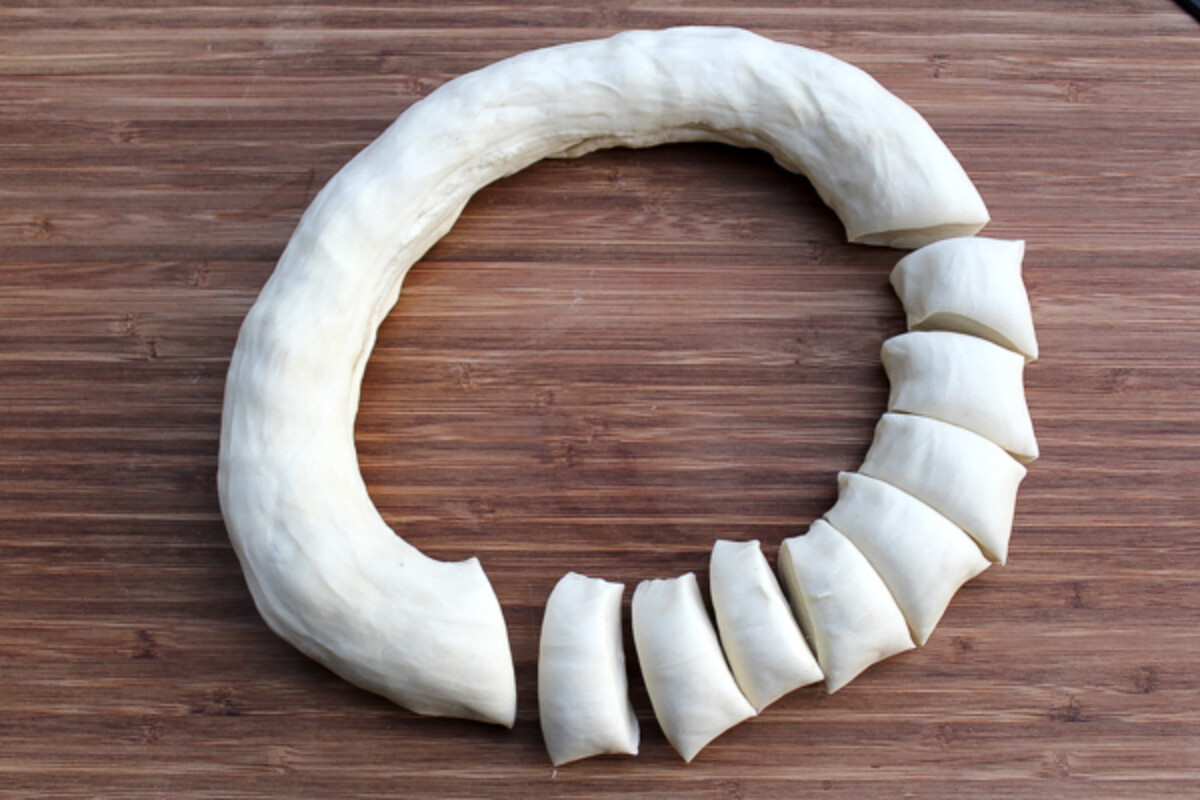
Once your filling is mixed and the dumpling wrapper dough has had a proper rest, use your thumbs to shape the dough into a ring. Hold the dough in your hands, and plunge both of your thumbs through the middle. Using your hands, work it out into a ring.
Cut the dough into 1/2 inch slices using a very sharp knife.
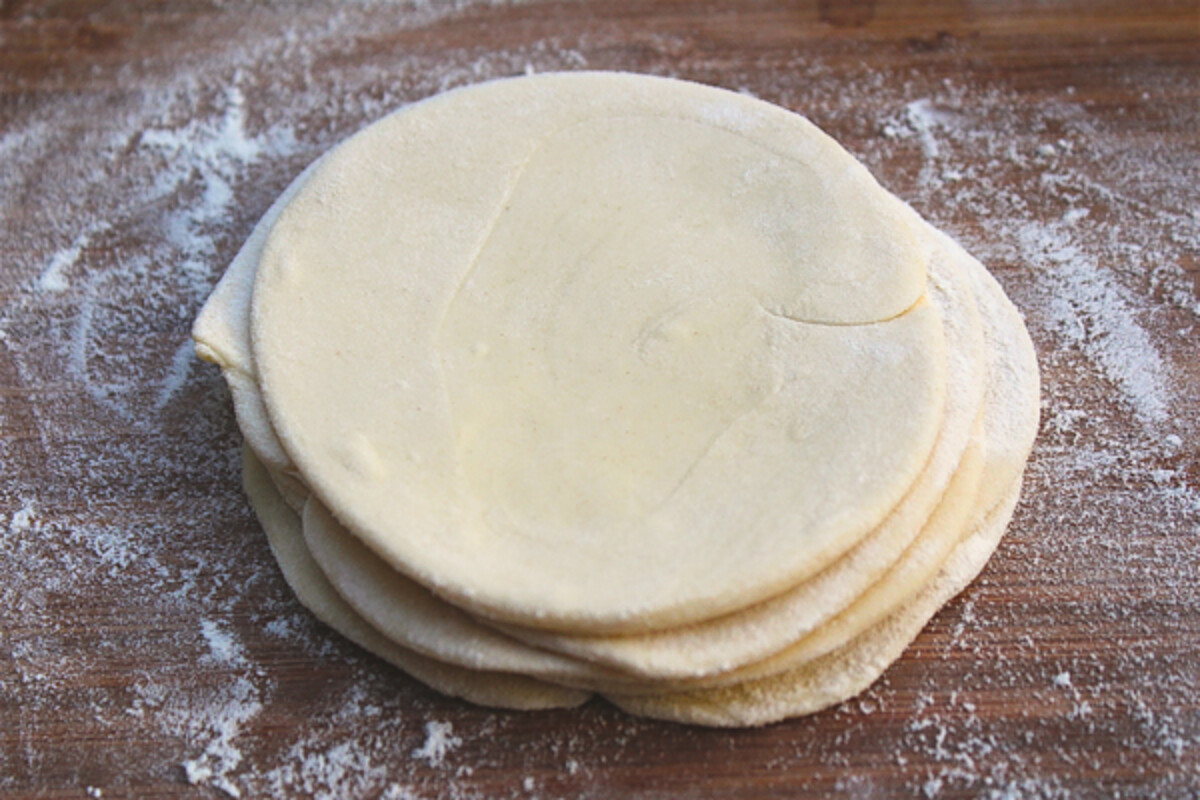
Roll each dough slice out into a 3 to 4-inch wrapper. I tend to make them a bit on the large side. That means less rolling and shaping, but bigger dumplings.
Don’t make the wrappers bigger than your palm, or they’ll have a hard time cooking though and you won’t be able to shape them easily.
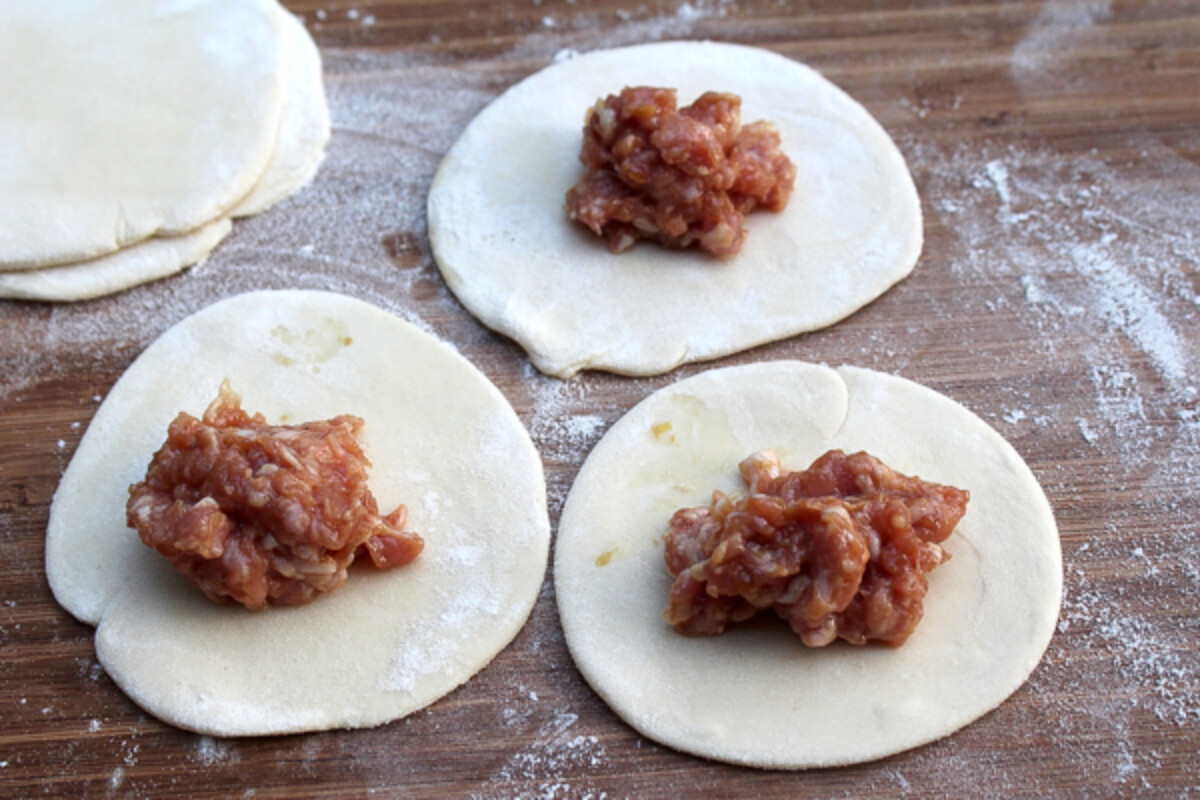
Portion the pork filling out onto the rolled-out dumpling wrappers. As a rule of thumb, I use a heaping teaspoon of filling. Be sure to leave ample space around the outside to bring your dumpling together.
It’s better to have an underfilled dumpling than an overfilled one. Overfilled dumplings pop and leak while you’re cooking, making a huge mess.
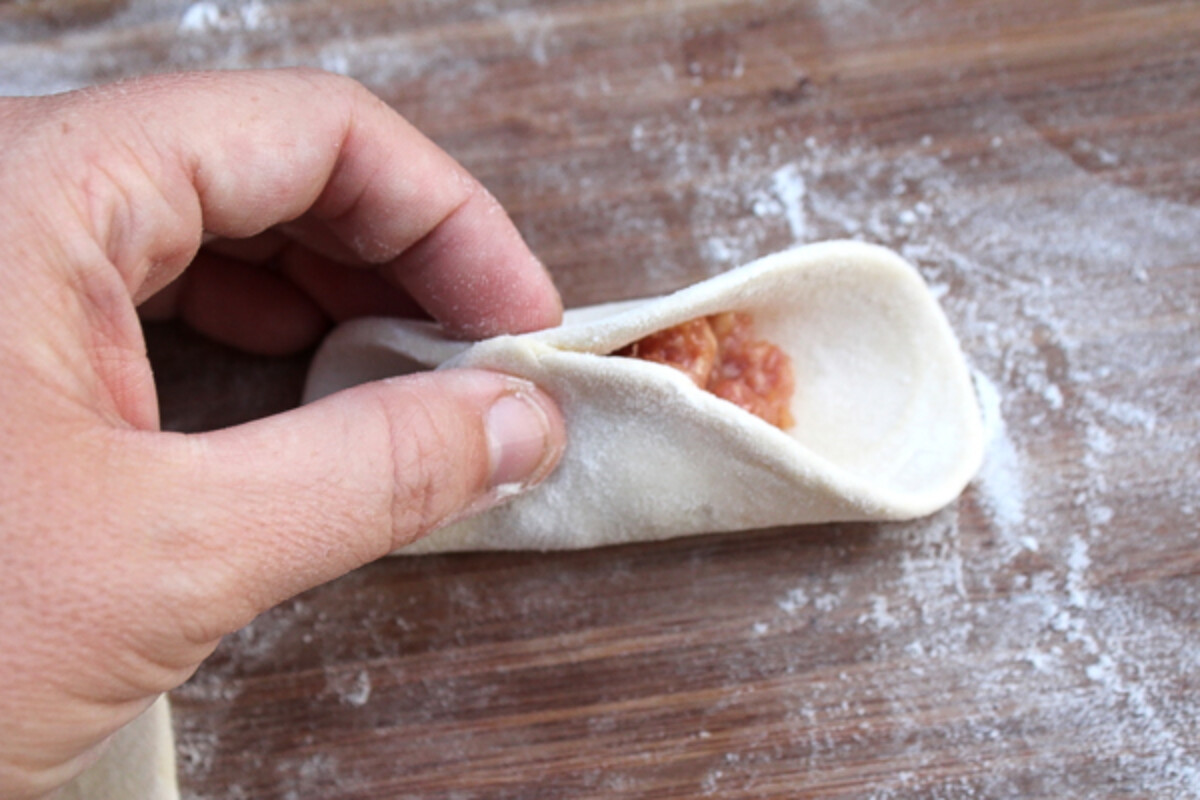
Bring the wrapper together and seal it completely around the edges. This will look a bit like a turnover, just closed all the way around like a hand pie.
You’re not quite done yet. If you stop here, the dumpling will not fully seal and it’ll pop open when you cook it. Not to mention, it’s not pretty yet!
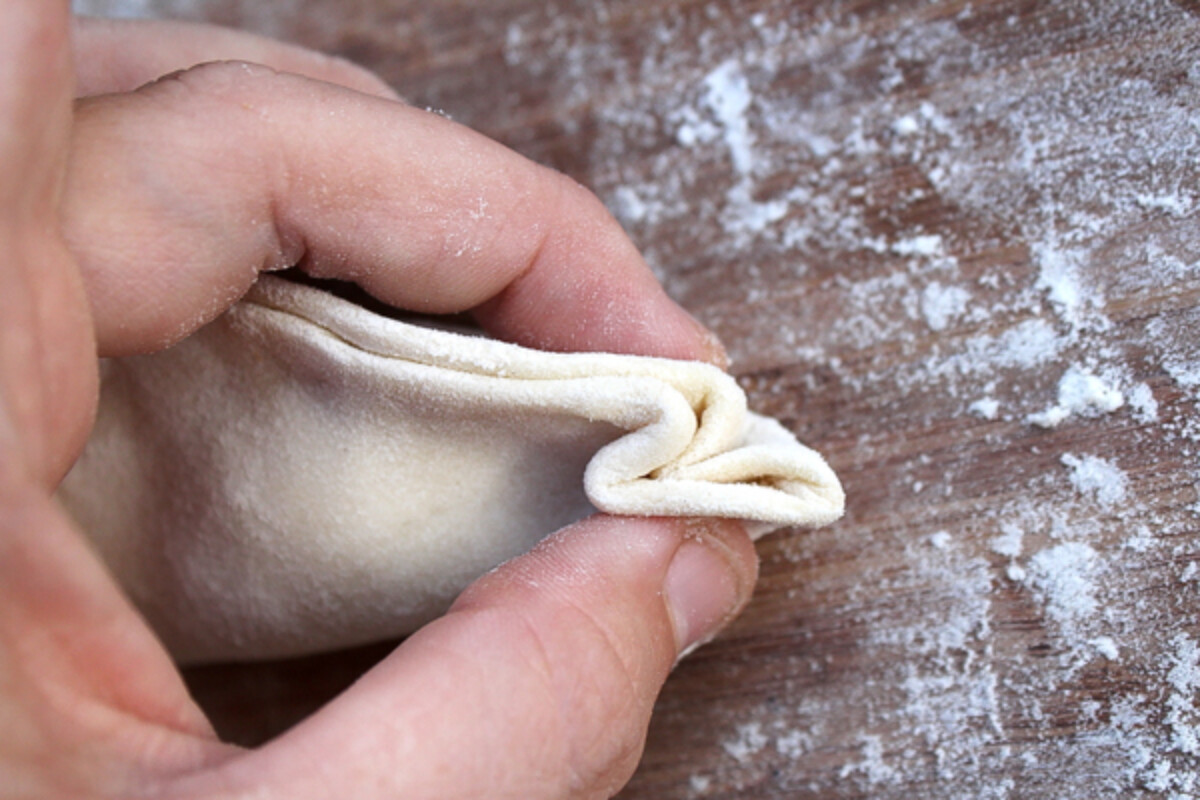
Take your sealed hand pie of pork, and fold the edge together in a zig-zag fashion, pinching it together as you go.
Once you’ve made it the whole way along the edge, you’ll have a beautifully sealed dumpling that will stay shut during seaming.
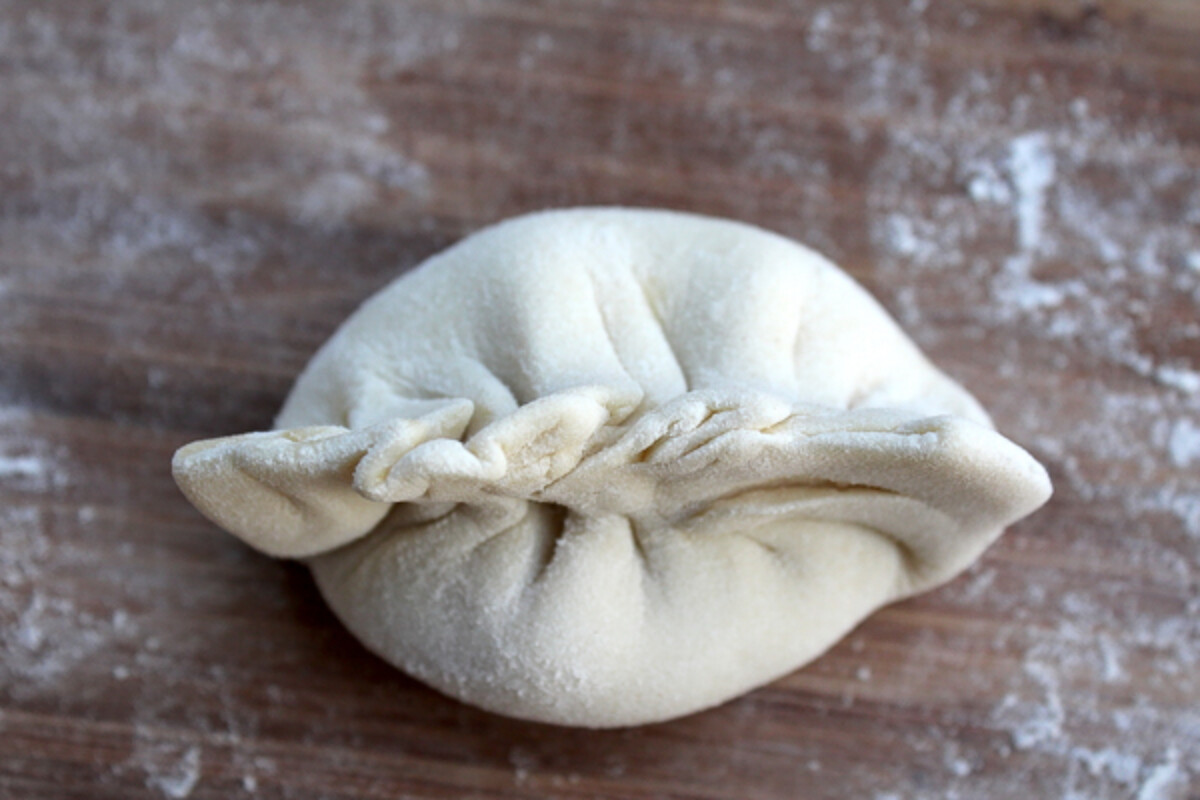
The picture above is an example of the “pleated dumpling shape” from my Asian Dumplings book. The book also takes you through half-moon shapes, pea pods, fortune cookie shapes, traditional Tibetan purse dumplings and many other fun shapes.
At this point, it’s time to steam your dumplings.
We generally steam them using a vegetable steamer basket in a regular stovetop pot. They can also be made with a bamboo steamer basket. I’ve even seen them made in an instant pot using a mini bamboo steamer basket which I hope to try soon.
Regardless of how you steam them, they tend to stick. The easiest method is to cut small squares of parchment paper and place the dumplings each on their own square. You can also oil your steamer basket with sesame oil, which helps in a pinch if you don’t have parchment.
Asian Pork Dumplings (Gyoza) – Scratch Recipe
Recipe adapted from Asian Dumplings: Mastering Gyoza, Spring Rolls, Samosas, and More
Yield: 32 small dumplings (approximate)
Dumpling Dough
2 cups flour (10 ounces)
3/4 cup boiling water
pinch salt
Pork Dumpling Filling
1 pound ground pork, the fattier the better
1 egg
1 teaspoon grated fresh ginger
2-4 cloves garlic, pressed
2 Tablespoons Soy Sauce
1 Tablespoon Sesame Oil
- Start by making the dumpling dough. In a food processor, add the flour and salt. Pour the boiling water in with the processor running. Stop the processor when it forms a smooth ball. Alternatively, use a KitchenAid stand mixer with a dough hook. You can also use a wooden spoon to stir the water into the flour, and then carefully knead with your hands, but you’ll have to stir while it’s hot and then wait until it’s cool enough to touch with your hands.
- Once the dough has come into a cohesive ball, wait until it’s cool enough to touch and give it a few quick kneads with your hands to smooth it out. Allow the dough to rest for 30 minutes. You’re allowing it to rest so that the gluten relaxes and it can be rolled into smooth wrappers. If you don’t wait, it’ll be very stretchy and hard to roll.
- While the dough rests, mix all the filling ingredients together in a bowl and set aside.
- Once the dough has finished resting, hold the dough in your hand and use your thumbs to punch a hole into the center and form a ring. Work the dough with your hands into a large ring, leaving the dough itself quite thin, about an inch in diameter.
- Cut the dough into 1/2 inch pieces.
- Roll each dough piece out into a 3 to 4-inch disk.
- Add a heaping teaspoon of meat filling onto each dumpling wrapper. Pinch to seal along the edge, and then shape as you choose. I pinch the edge in a zigzag pattern, pictures and instructions above.
- Place each dumpling on a small square of parchment paper and steam until cooked through. It should take about 8 minutes for smaller dumplings, or 12 to 15 for larger dumplings. If you made 32 dumplings with this recipe, 8 to 10 minutes should be just right. Cut into one on your first batch to check for doneness.
- If you choose, pan-fry them quickly in a bit of oil for crispy pan-fried potstickers.

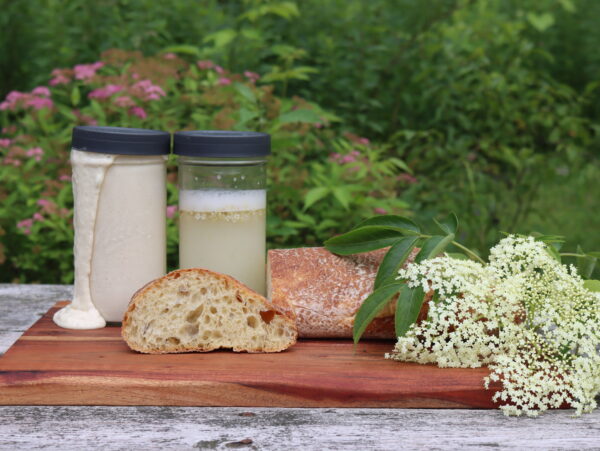
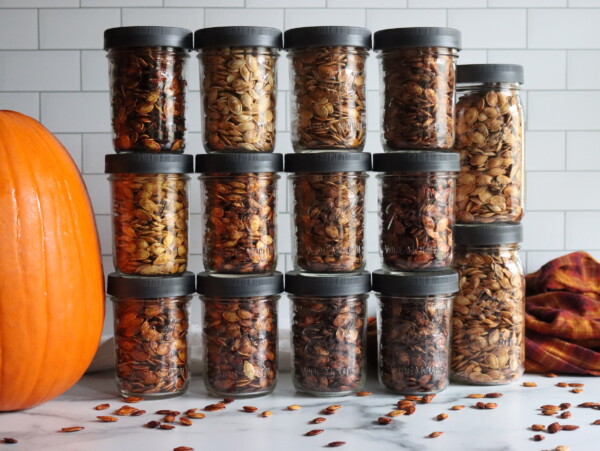
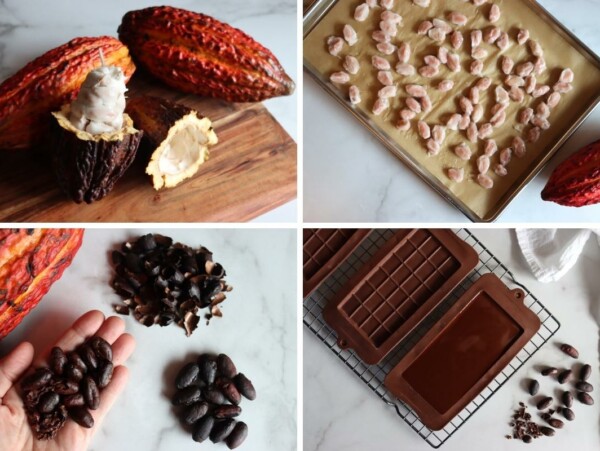
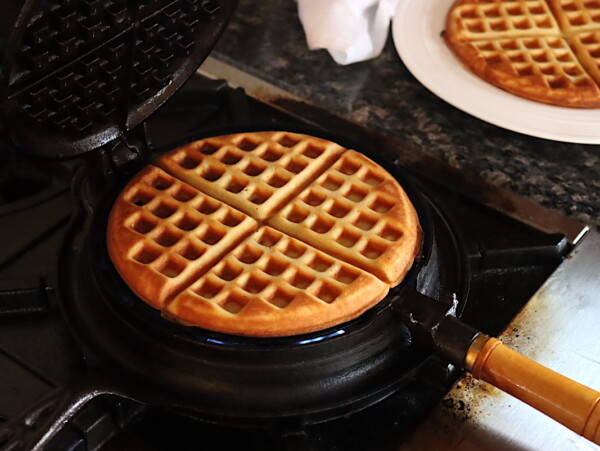










I’m making these tonight. I got almost 2 lbs of pork ribs that I ground myself. Good fat ratio. I needed to make 2 batches of the dough. I’m hoping I can freeze the second batch so my older kids can make them when they are looking for a good snack.
That sounds like a great idea!
Made those tonight just as written. Really good. The dough part was not as soft as in Chinese restaurants. After we ate, I boiled a couple to compare. We decided we liked them a little better. Just a preference. It makes so many, freezing the uncooked leftovers as suggested. I have a dumpling press which helped.
So glad you enjoyed the recipe. Thanks for sharing.
How long did you boil them?
Yumm! I love homemade dumplings! It’s so good.
Can I make the dough beforehand and either freeze or refrigerate it? Alternately, can I make the gyoza and freeze or refrigerate them uncooked?
The dough becomes hard to work with after a time, and I’d suggest forming the gyoza and then freezing/refrigerating them uncooked (rather than just storing the dough).
Or the wrap is inexpensive at Asian grocery stores. And you can freeze it up to 6 months.
I am in the process of making it. It smells delicious. Thank you!
Great recipe!! Husband and I both loved it.